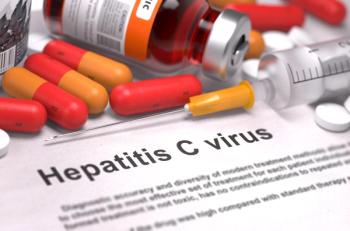
HIV-Positive Children Over Diagnosed with Asthma
Many children with HIV who are diagnosed with asthma may actually have chronic obstructive lung disease.
Asthma is commonly diagnosed in young children, but the condition may be over-diagnosed among pediatric patients with HIV, according to a new study published by The Journal of Allergy and Clinical Immunology.
The authors said that instead of asthma, these pediatric patients with HIV may have early chronic obstructive lung disease, which could lead to complications later in life.
“Recent studies have shown that the diagnosis of asthma appears to be increasing in children who were infected with HIV at birth,” said first author William Shearer, MD, PhD.
The authors report that a majority of asthma diagnoses are the result of physical examinations and asthma medications taken.
“We consider that this method of diagnosis is quite subjective,” Dr Shearer said. “We decided to reassess those asthma diagnoses with an objective method that consisted of conducting pulmonary function tests that show how well the lungs work.”
The authors conducted pulmonary function tests, which requires patients to breathe into a tube connected to a spirometer that measures air flow. The investigators analyzed lung function tests for
“In our study, when we used clinical criteria, we found a higher occurrence of asthma in the HIV-infected group than in the HIV-exposed uninfected group. However, the HIV-infected patients were less likely than the control group to show reversal of their lung condition with bronchodilators,” Shearer said. “This indicates that the diagnosis of asthma in HIV-infected pediatric patients is questionable; we have to look for an answer for what is causing this lung trouble, which is called asthma-chronic obstructive pulmonary disease syndrome.”
The authors found that this condition is a combination of 2 illnesses in the same patient, meaning that aspects of the patient’s lung function resemble asthma, while other aspects resemble chronic pulmonary obstruction, according to the study.
“We also looked at the possible role the immune system might play in this condition,” Dr Shearer said. “Our tests showed that in children living with HIV, the immune system, which normally fights disease, actually contributes to the inflammation by shifting the protective response to an allergic response.”
These findings suggest that many HIV-positive pediatric patients are misdiagnosed with asthma, when they should receive a co-diagnosis, according to the authors. This could lead to unnecessary health care spending on prescription drugs and avoidable health care utilization.
“It’s important to study this new syndrome because we need to learn how to treat both conditions; we have to treat HIV and also have to take care of this lung disease in young patients,” Dr Shearer said. “In addition, we propose to follow the development of this disease as patients become adults to try to anticipate long-term lung complications.”
Newsletter
Stay informed on drug updates, treatment guidelines, and pharmacy practice trends—subscribe to Pharmacy Times for weekly clinical insights.




















































































































































































































